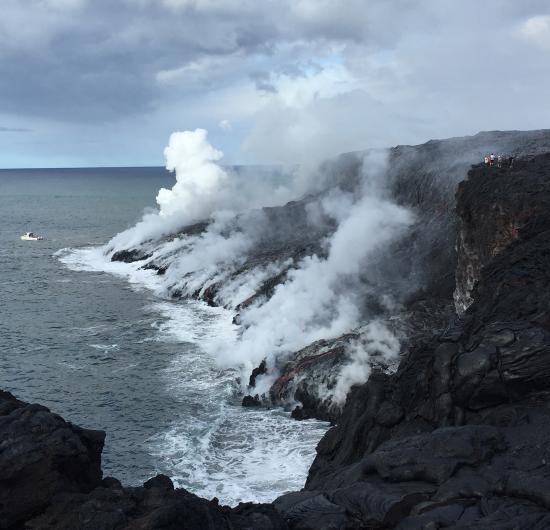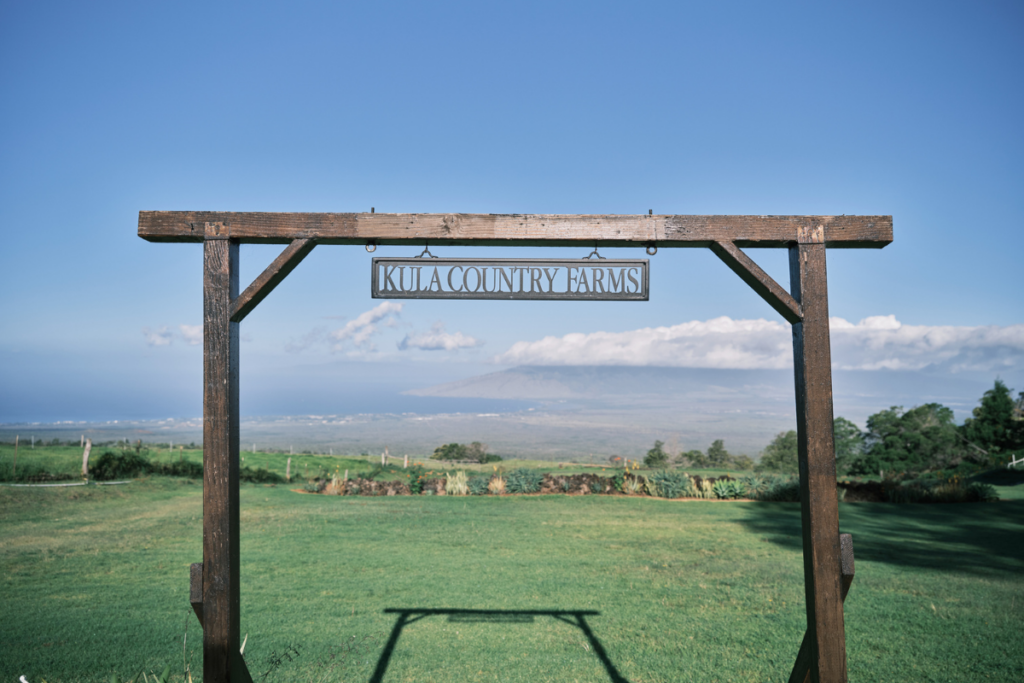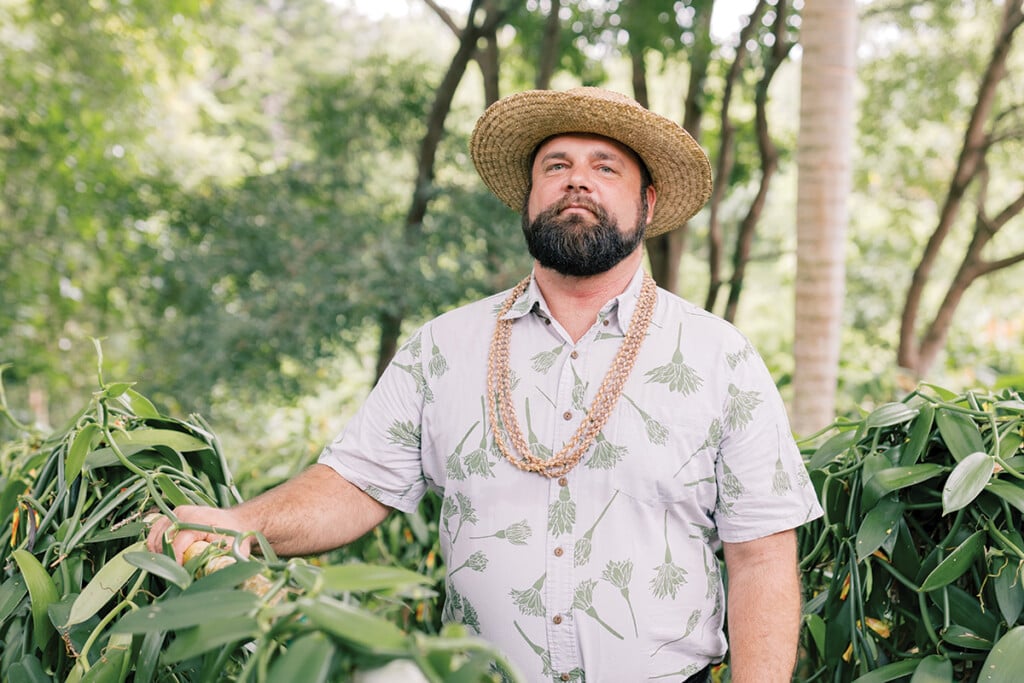4 essential travel tips on seeing lava hit the sea off Hawaii Island

There’s something life affirming about watching the creation of new land—oozing lava bubbling and hissing as it hardens against the sea. As the only Hawaiian Island with currently active volcanoes, Hawaii Island is the place to go to see this natural phenomenon in play (Maui’s Haleakala is considered active but hasn’t erupted since the 18th century). And, for those lucky visitors arriving to the island now, your timing is spot on.
Late last month, Kilauea’s 61G lava flow that had been drawing intrepid visitors to its flow front on land began spilling over a cliff edge into the sea. Though Kilauea has been erupting almost continuously for 33 years, this is the first time in three years a reported flow has entered the ocean. In the weeks since, Pele, the fire goddess, has put on a nonstop show. Here’s what you need to know to see it safely.
1. Don’t try to hike to the flow front at ocean’s edge on your own.
The current flow is moving atop older flows in the boundary area between Kalapana and Hawaii Volcanoes National Park to its ocean entry at a site named Kamokuna. The ground is brittle and cracks easily, especially when it comes into contact with land-warping heat. At the ocean’s edge, where the surf has already been long at work eroding coastline, this can mean huge pieces of land that seem stable actually aren’t. And, the interaction of the new flow with the water can sometimes be violent—spewing hot rock feet into the air. Not only is new rock being added to the seafloor, the existing landscape is in flux.
Like many natural events, these changes are chaotic and not entirely predictable. The flow itself is non-linear, constantly sending off new breakouts. The flow is currently entering the ocean in several places at Kamokuna, according to the USGS’ Hawaiian Volcano Observatory (HVO). If you’re on land and not careful, it’s possible to get trapped between two tines of a newly formed lava fork. And, the interaction with seawater and lava can send tiny particles whipping in the wind, which can be painful and dangerous to inhale. For this and other reasons, it’s best not to try to get close to the active flow on your own. For nearly all visitors, this means experiencing lava hitting the sea means going with a reputable local guide.
2. Choose a reputable tour operator by land, air or sea.
Local guides visit the flow daily, monitor and observe conditions and note any changes. As such, they are one of your best tools in witnessing the ocean entry lava safely. Most reputable lava hiking tours can’t get you the same spectacular ocean entry views as boat tours, so if it’s the creation of new land you’re most excited about seeing, opt for alternative tours.
Popular ocean operators include Lava Ocean Tours, Kalapana Lava Boat Tours, Lava Boat Tours. Early evening and after dark tours, when the orange of the flowing lava is most dramatic, are often booked out weeks in advance and command higher prices. Sunrise, morning and afternoon options are still-good alternatives and tend to have more short term availability. Because there is no boat launch directly near the flow, expect to spend up to an hour exploring the coastline before reaching the active flow. For the best experience, look for tours that spend the most time with the lava and have smaller group sizes. If you go, you should also be prepared for sometimes rough seas and wet conditions.
It’s also possible to see the ocean entry with an aerial view on regularly scheduled helicopter tours. Paradise Helicopters, Blue Hawaiian Helicopters, Sunshine Helicopters and Safari Helicopters are the major operators on Hawaii Island. Tours departing Hilo, since it is closer to the flow than Kailua-Kona, spend more time exploring the lava field. Paradise Helicopters in particular is known for getting close and taking the doors off so you can feel the heat.
3. There are other places to see active lava on Hawaii Island—go there too!
Within Hawaii Volcanoes National Park, it’s possible to see lava within Halemaumau Crater from the Jaggar Museum Overlook. In recent weeks, the lava lake has experienced fluctuating levels that sometimes allows visitors to see bubbling and spattering molten lava during the day and the eerie glow at night. Earlier this month, an explosion from Kilauea’s summit was a reminder that it’s important to even view this lava from a safe distance and from designated areas (like the Jaggar Museum Overlook) only. The burst of energy shot chunks of rock flying 300 feet beyond the crater rim and destroyed monitoring equipment. The Halemaumau Overlook parking lot and several miles of the Chain of Craters Road have remained off-limits since 2008 for this reason.
4. If you can, make the trip as soon as possible.
While it’s possible the 61G flow could still be hitting the sea in a month from now, there’s no guarantee this natural phenomenon will still be occurring next week or even tomorrow. There has been a three-year gap since the last time a flow hit the ocean, so don’t miss your chance to see the flow soon.
For more safety information about ocean entry lava flows, visit the HVO’s website here.


